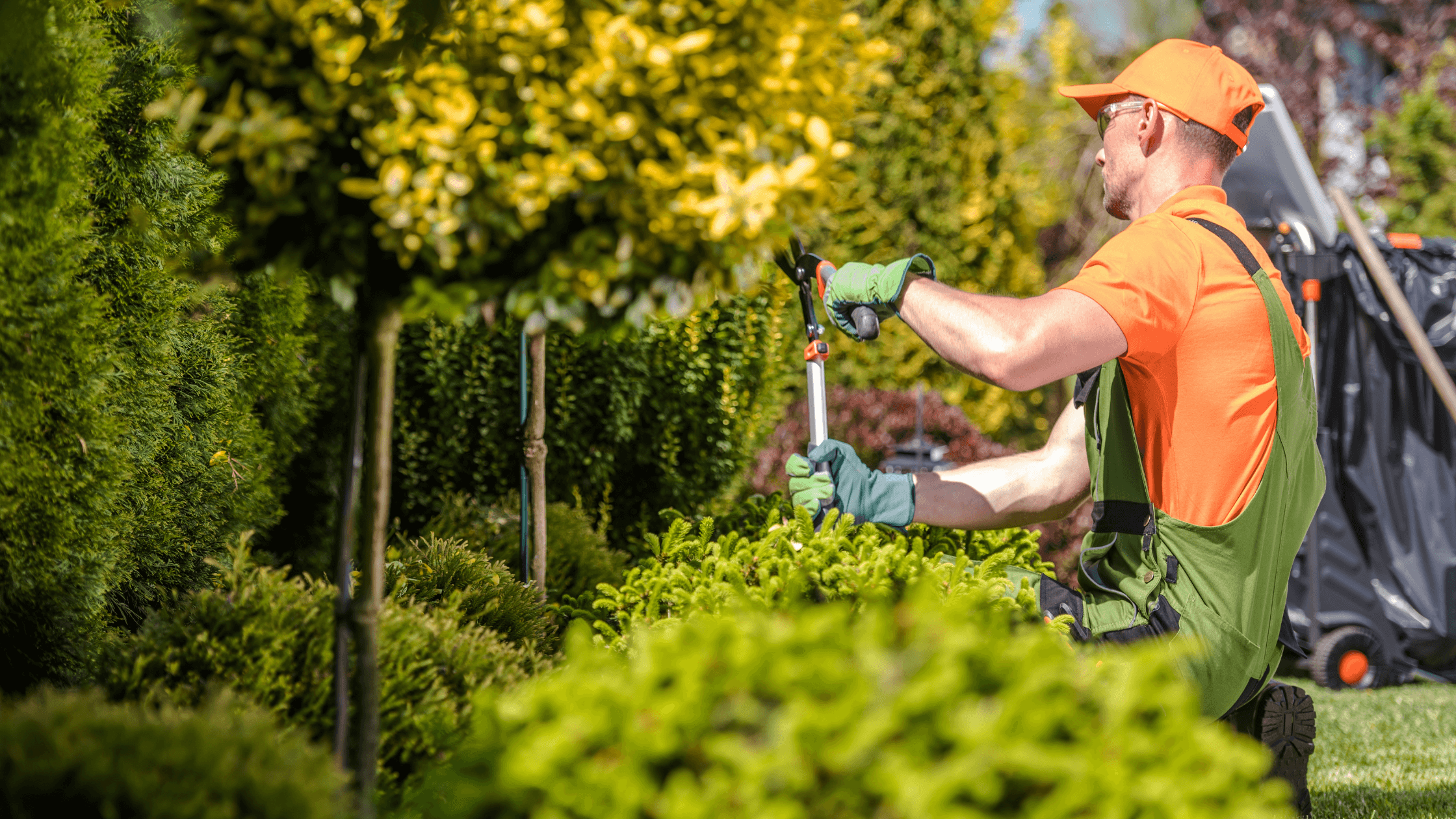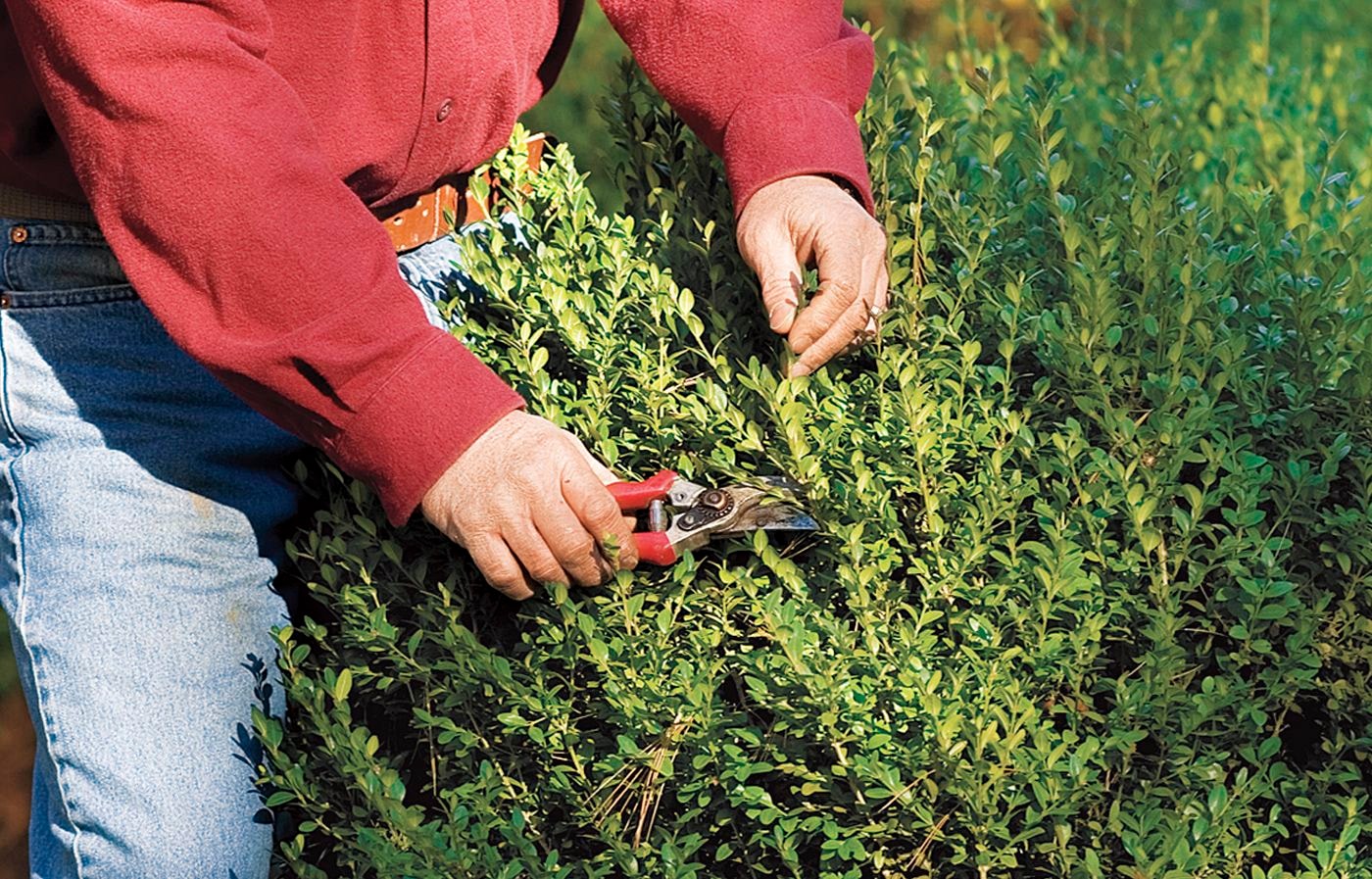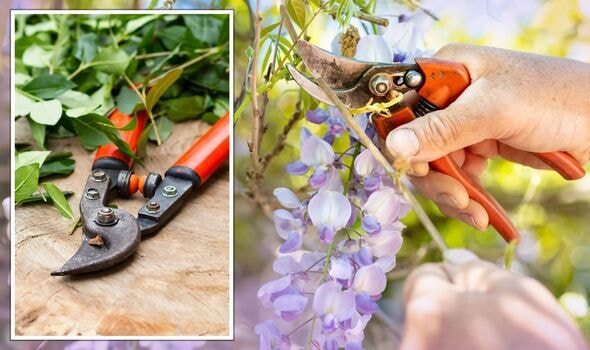Pruning is not just about cutting branches; it’s about promoting healthy growth, managing plant size, and preventing disease. This comprehensive guide will walk you through the basics of pruning shrubs and trees, the essential tools you’ll need, and the best practices to follow. By the end of this blog, you’ll have the knowledge to confidently care for your landscape, ensuring it remains vibrant and healthy throughout the seasons.
What is Pruning and Why is it Important?
Pruning is the selective removal of branches, twigs, or foliage from trees and shrubs. This practice is vital for several reasons. Firstly, it helps maintain the structural integrity of the plant by removing dead or diseased branches, preventing the spread of fungal diseases. Secondly, pruning encourages new growth and vigorous growth, which can enhance the plant’s overall health and appearance. Lastly, it helps shape the plant, ensuring it remains aesthetically pleasing and in proportion to its surroundings.

Regular pruning is essential for both flowering shrubs and evergreen shrubs, as it promotes flowering and maintains the desired size. By understanding the benefits of pruning, you can make informed decisions about when and how to prune your plants.
Essential Pruning Tools
To achieve the best results, it’s crucial to use the right pruning tools. Here are the primary tools you’ll need:
- Hand Pruners: Ideal for smaller branches and twigs, hand pruners are perfect for precise cuts.
- Loppers: These are used for thicker branches that hand pruners can’t handle.
- Shears: Best for shaping hedges and larger shrubs, shears provide clean cuts for a uniform look.
Choosing the right tools is just the beginning. Ensuring they are well-maintained is equally important. Keep your pruning tools clean and sharp to extend their lifespan and prevent the spread of diseases among your plants. Regular maintenance includes cleaning the blades after each use, sharpening them periodically, and storing them in a dry place to prevent rust.
By investing in high-quality tools and taking good care of them, you’ll be well-equipped to handle any pruning task, ensuring your trees and shrubs remain healthy and beautiful.
Pruning Shrubs for Beginners
Pruning shrubs is essential for maintaining their shape, size, and health. For beginners, it’s important to follow a few basic principles to ensure your shrubs thrive.

How to Prune Shrubs for Shape and Size?
Start by identifying the natural shape of the shrub. Prune to maintain this shape while achieving your desired size. This involves removing any growth that disrupts the natural form.
Use hand pruners or hedge shears for smaller branches and twigs, making clean cuts close to a lateral branch or outward-facing bud.
Pruning Flowering Shrubs and Evergreen Shrubs
Flowering shrubs, such as roses, benefit from pruning that promotes flower buds. Prune these shrubs after they have finished blooming to encourage new growth and more flowers next season.
Evergreen shrubs, like boxwood or holly, should be pruned in late winter or early spring before new growth begins. This timing helps maintain their shape and promotes healthy growth throughout the growing season.
Avoiding Over Pruning:
Over pruning can harm your shrubs by removing too much foliage, which can stress the plant and inhibit growth. Always prune in small increments and reassess before removing more.
Aim to remove no more than one-third of the shrub’s total growth in a single pruning session. This balance ensures that the shrub retains enough foliage to continue photosynthesis and remain healthy.
When to Prune? Timing is Everything
Knowing the best time to prune trees and shrubs is crucial for their health and productivity.
Best Time to Prune Trees and Shrubs
The ideal time for pruning most trees and shrubs is during their dormant season, typically in late winter or early spring. Pruning during dormancy reduces stress on the plants and minimizes sap loss.
Pruning in Late Winter or Early Spring
Late winter or early spring pruning helps you see the structure of the plant without leaves obstructing your view. This is particularly useful for deciduous trees and shrubs, where the framework of branches is clearly visible.
For evergreen trees, such as pines and spruces, this period is also beneficial as it allows for cuts to heal before the growing season starts.
Seasonal Pruning Tips for Specific Plants
Fruit Trees: Prune fruit trees, such as apple and citrus, annually in late winter to remove at least one-third of the branches. This encourages fruit production and prevents overcrowding.
Evergreen Trees: Prune evergreens in late winter or early spring. Focus on removing dead branches and shaping the tree to maintain a balanced form.
Step-by-Step Guide to Pruning Trees
Pruning trees properly ensures they grow strong and healthy, whether they are young or mature.
Pruning Young Trees for Healthy Growth
Young trees should be pruned to establish a strong central leader and a balanced branch structure. Remove any competing leaders and select a single, strong leader as the main trunk.
Prune lateral branches to ensure even spacing and prevent weak or narrow crotches. This helps the tree develop a stable structure that can support future growth.
Pruning Mature Trees to Remove Diseased Branches
Mature trees require regular pruning to remove dead, diseased, or damaged branches. This not only improves the tree’s appearance but also prevents the spread of diseases and pests.
Use pruning shears or a pruning saw to make clean cuts just outside the branch collar, which is the swollen area where the branch meets the trunk. This encourages proper healing and reduces the risk of disease.
How to Handle Larger Branches and Dead Wood?
For larger branches, use a three-cut method to prevent tearing the bark. First, make an undercut a few inches from the trunk, then a top cut slightly further out, and finally remove the stub by cutting just outside the branch collar.
Removing dead wood is crucial as it can harbor diseases and pests. Regularly inspect your trees and remove any dead or dying branches to maintain overall tree health.
Specialized Pruning Techniques
Mastering specialized pruning techniques is key to achieving desired results while promoting plant health.
Thinning Cuts vs. Heading Cuts:
Thinning Cuts: These involve removing an entire branch or shoot back to its point of origin. Thinning cuts are ideal for reducing the density of a plant without altering its natural shape. They improve air circulation and light penetration, essential for healthy growth.
Heading Cuts: These cuts shorten a branch by cutting back to a bud or lateral branch. Heading cuts stimulate new growth near the cut and are used to shape the plant or control its size. However, excessive heading can lead to dense, unruly growth, so it should be done sparingly.
Reduction Cuts for Shaping:
Reduction cuts decrease the length of a branch by cutting back to a lateral branch that is at least one-third the diameter of the cut branch. This method helps shape the plant while maintaining its structural integrity. It’s particularly useful for reducing the height or spread of a tree or shrub without compromising its natural form.
Promoting Vigorous Growth and Flowering:
Proper pruning techniques can enhance vigorous growth and flowering. By removing old wood and promoting the development of new shoots, you encourage plants to produce more flowers and fruit. For flowering shrubs, prune immediately after they finish blooming to promote next season’s flower buds.
Regular pruning also helps manage water sprouts and suckers, which can drain energy from the main plant and reduce overall vigor. By focusing growth on healthy, productive branches, you ensure robust and beautiful plants.
Common Pruning Mistakes to Avoid
Avoiding common pruning mistakes can significantly impact the health and appearance of your plants.

Over Pruning and Its Effects:
Over pruning can stress plants, reduce their ability to photosynthesize, and make them vulnerable to diseases. Always aim to remove no more than one-third of the plant’s total growth in a single session to maintain its health and vitality.
Improper Pruning Cuts:
Improper cuts, such as leaving stubs or making flush cuts, can damage plants and lead to decay. Always make clean cuts just outside the branch collar to promote proper healing and minimize disease risk. Use bypass pruners for precise, clean cuts, and avoid anvil pruners that can crush plant tissue.
Avoiding Fungal Diseases and Promoting Air Circulation:
Dense foliage can create a humid environment conducive to fungal diseases. Thinning cuts help increase air circulation and reduce moisture buildup, lowering the risk of disease. Regularly inspect plants for signs of fungal infections and prune affected areas promptly to prevent spread.
Pruning for Health and Aesthetics
Pruning is essential for maintaining both the health and appearance of your plants.
Removing Diseased Stems and Dead Branches:
Removing diseased stems and dead branches prevents the spread of infections and pests. Regular inspections and timely removal of unhealthy parts keep your plants vigorous and reduce the risk of widespread issues.
Shaping Plants for Desired Size and Appearance:
Pruning helps shape plants to fit their space and aesthetic goals. By selectively removing growth, you can create a balanced and visually pleasing form. This is particularly important for hedges and topiary, where precise shapes are desired.
Enhancing Fruit Production in Fruit Trees:
For fruit trees, pruning is crucial for maximizing fruit production. Removing old, unproductive wood and encouraging new growth helps increase yield. Prune fruit trees annually to maintain an open canopy, allowing sunlight to reach all parts of the tree and improving fruit quality.
The Role of Pruning in Promoting New Growth
Pruning plays a crucial role in encouraging new growth and maintaining the vitality of your plants.
Encouraging New Wood and Flowering:
Pruning stimulates the growth of new wood, which is often more vigorous and productive. This is particularly important for flowering shrubs and fruit trees, as new growth tends to produce more flowers and fruit. By removing old and unproductive wood, you encourage the plant to focus its energy on generating fresh, healthy shoots.
Managing Old Stems and Water Sprouts:
Old stems and water sprouts can sap energy from the main plant, leading to reduced overall vigor. Regular pruning helps manage these by removing unproductive or overly aggressive growth. Water sprouts, which are rapid growths from the trunk or branches, should be pruned as they appear to prevent them from overtaking the tree or shrub.
Balancing Growth with Pruning:
Balancing growth through pruning involves removing excess growth to maintain a plant’s structure and health. This helps ensure that resources such as light, water, and nutrients are adequately distributed throughout the plant. Regular pruning keeps plants well-shaped, preventing overcrowding and promoting balanced, healthy growth.
Improving Soil Health
Mulching significantly contributes to improving soil health by adding organic matter, enhancing soil fertility, and promoting healthy soil structure. Organic mulches, such as grass clippings, wood chips, and pine bark mulch, decompose over time, enriching the soil with essential nutrients.
